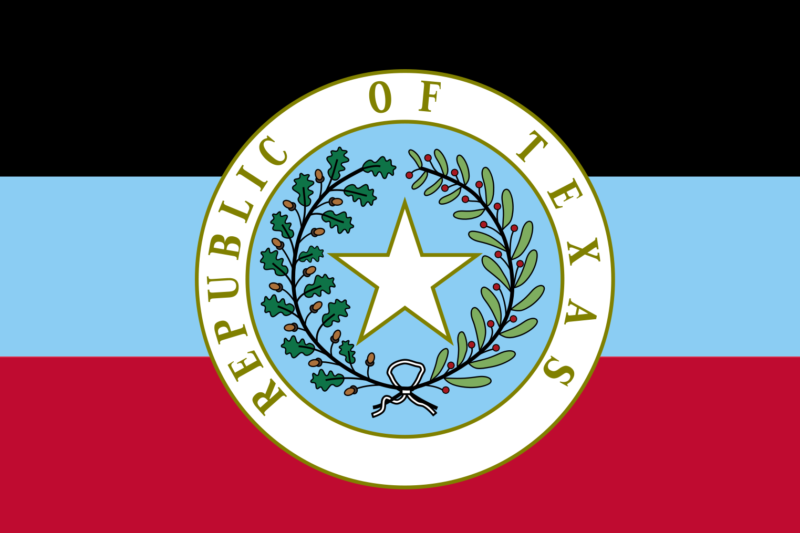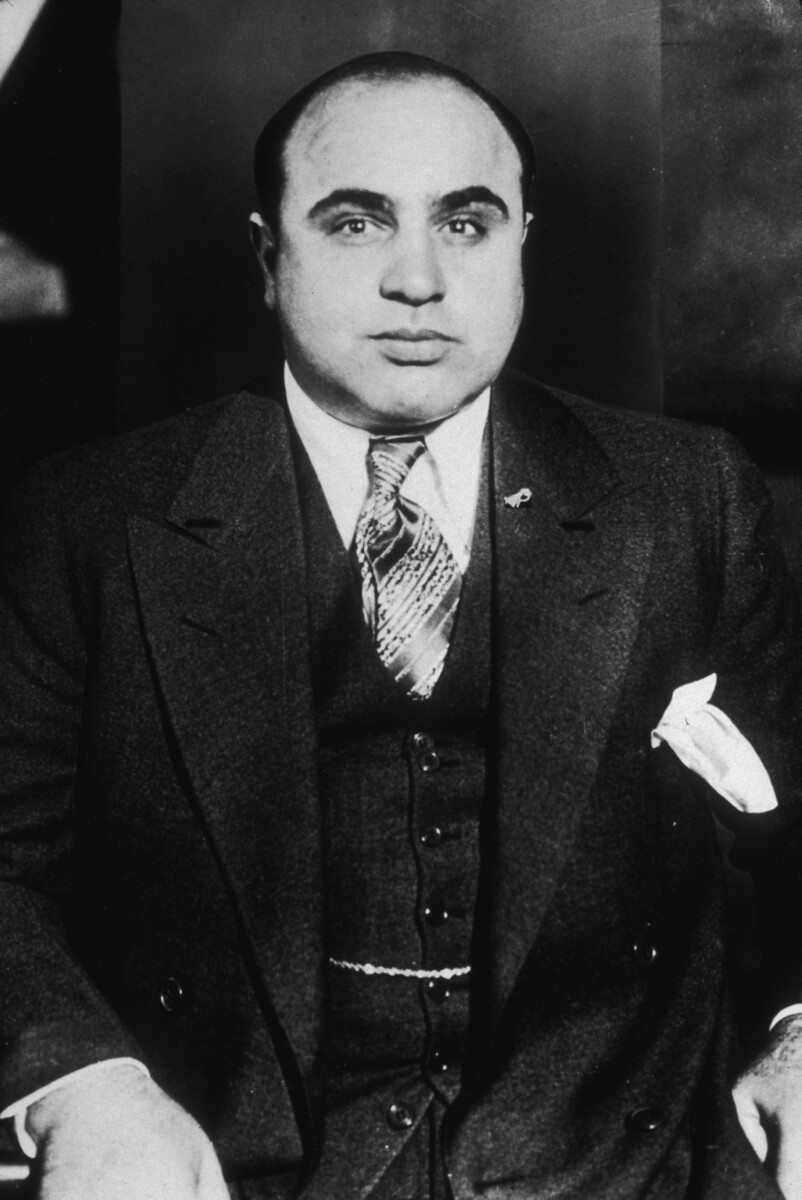The Mysterious Onset of the Plague

In the early 20th century, a mysterious plague swept through a U.S. state, leaving a trail of devastation in its wake. This was a time when medical science was not as advanced as today, making it difficult to identify and contain such outbreaks. The disease appeared suddenly, catching everyone by surprise, much like a thunderstorm on a sunny day. People were falling ill at an alarming rate, and the local healthcare system was overwhelmed. The symptoms were severe and varied, making it all the more challenging for doctors to pin down what they were dealing with. It was as if the state was under siege by an invisible enemy, one that was relentless and unforgiving.
Identifying the Unseen Enemy

The medical community was baffled by the outbreak. Initially, there were several theories about what was causing the illness. Some thought it was a new strain of influenza, while others suspected it might be a form of pneumonia. However, as more cases emerged, it became clear that this was something different. The disease was later identified as a form of pneumonic plague, a highly contagious and deadly infection. This revelation sent shockwaves through the community. The pneumonic plague is notorious for its rapid spread and high mortality rate, and the fact that it had taken root in the state was a cause for grave concern.
The Human Toll of the Plague

The impact on the population was devastating. Families were torn apart as loved ones succumbed to the illness. Entire communities were affected, with some towns witnessing a significant portion of their population fall victim to the plague. The disease knew no boundaries, affecting the young, old, rich, and poor alike. It was a stark reminder of the fragility of life and the unpredictability of nature. People lived in fear, not knowing who would be next or how to protect themselves. The human spirit, however, is resilient, and communities came together to support one another during this trying time.
Efforts to Contain the Outbreak

Containment efforts were swift but fraught with challenges. Quarantine measures were implemented, and large gatherings were banned in an attempt to curb the spread of the disease. Schools, churches, and public places were closed, and travel was restricted. The government worked closely with health officials to distribute information and resources to the public. However, misinformation and fear often led to panic, making it difficult to enforce these measures effectively. The situation was a test of both leadership and community cooperation.
The Role of Healthcare Workers

Healthcare workers were on the front lines, risking their own lives to save others. They worked tirelessly, often without adequate resources or protection, to care for the sick. Their dedication and bravery were commendable, and they played a crucial role in managing the outbreak. Many healthcare workers fell ill themselves, a testament to the risks they faced daily. Their stories of sacrifice and resilience remain an important part of the history of this forgotten plague.
The Economic Impact

The economic ramifications of the outbreak were significant. Businesses were shuttered, and the local economy ground to a halt. The agricultural sector, a major part of the state’s economy, was particularly hard hit. With so many people falling ill, there was a shortage of labor, leading to crop failures and food shortages. The economic impact was felt long after the outbreak was contained, as the state struggled to recover and rebuild.
Lessons Learned from the Outbreak

The outbreak served as a wake-up call for public health officials and policymakers. It highlighted the importance of having robust healthcare systems and emergency response plans in place. The need for better communication and coordination among different agencies was evident. Lessons learned from this outbreak helped shape modern public health policies and preparedness strategies, ensuring that future pandemics could be managed more effectively.
The Legacy of the Forgotten Plague

The legacy of this forgotten plague lives on, serving as a reminder of the challenges faced by those who lived through it. It is a story of resilience, courage, and the human spirit’s ability to overcome adversity. While it is not as widely remembered as other historical events, its impact on the state and its people was profound. The stories of those who lived through it are a testament to the enduring strength of communities in times of crisis.
The Importance of Historical Memory

Remembering events like this forgotten plague is crucial for future generations. It serves as a reminder of the importance of vigilance, preparedness, and community solidarity. By understanding our past, we can better navigate the challenges of the future. The forgotten plague is a chapter in history that deserves to be remembered, not only for its impact but also for the lessons it offers.
Moving Forward

As we move forward, it is essential to carry the lessons from this forgotten plague with us. Continued investment in public health infrastructure, research, and education is vital to prevent future outbreaks. The story of the forgotten plague is a powerful reminder of the need for preparedness and the strength of the human spirit in the face of adversity.






